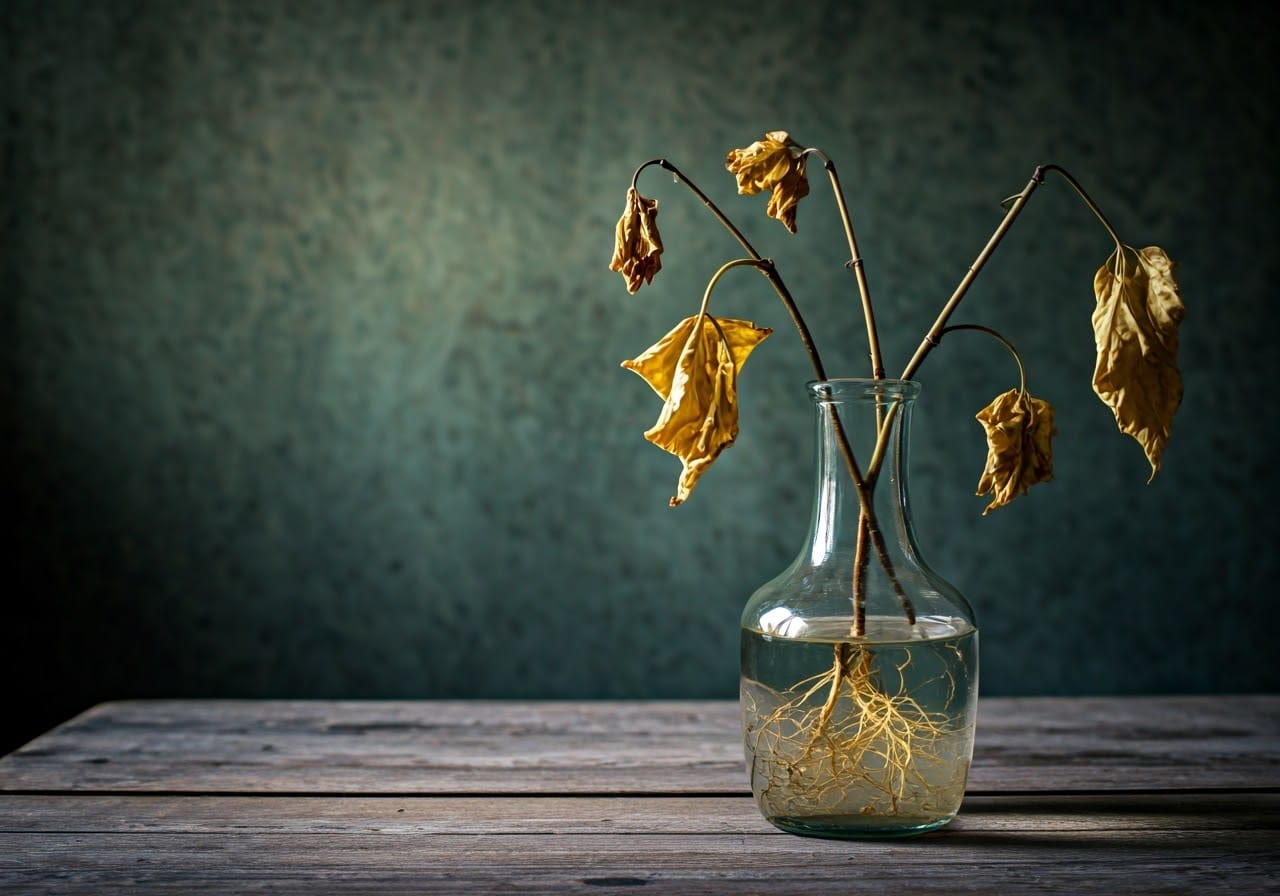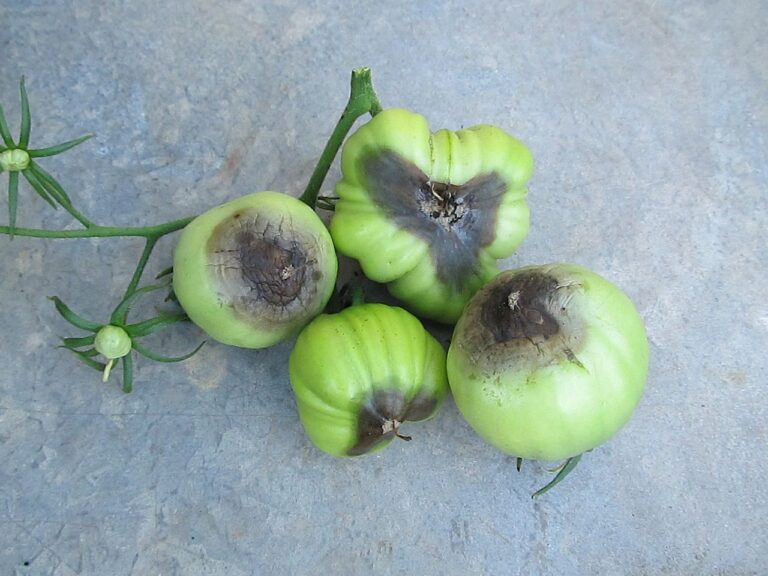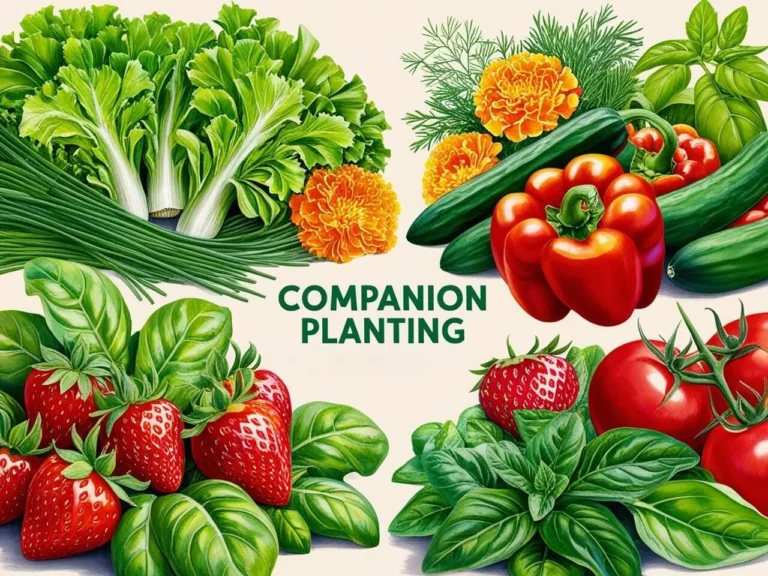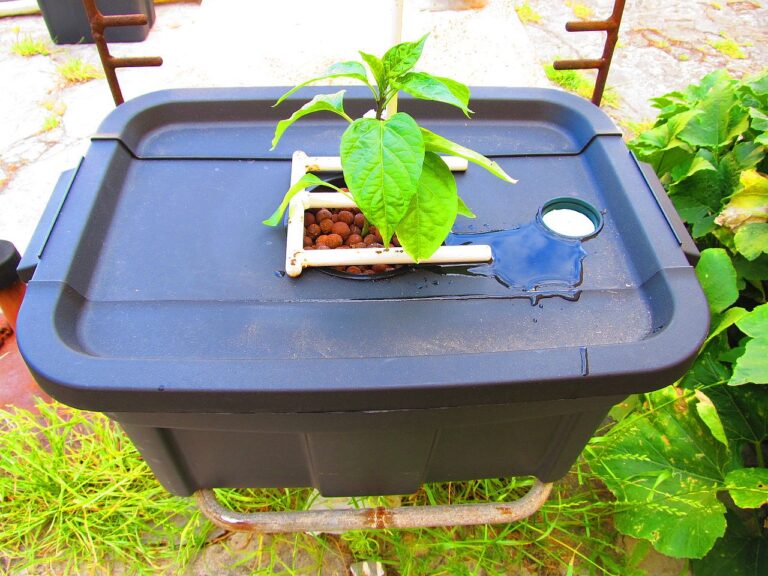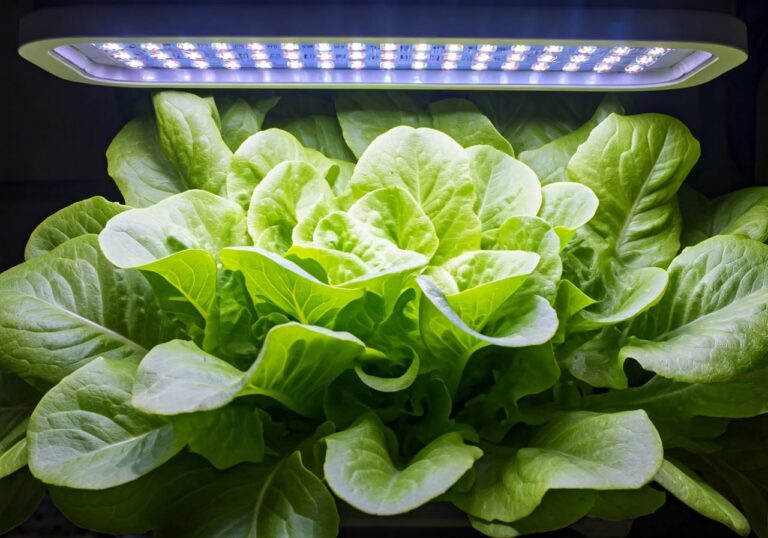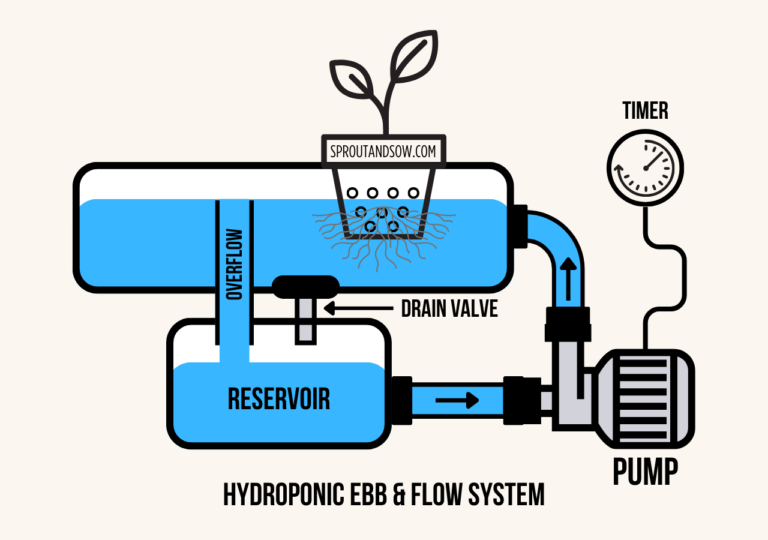How to Troubleshoot Common Hydroponic Problems
Hydroponic gardening can be a fantastic way to grow plants faster and without soil, but like any system, it’s not without its challenges. When issues crop up, like yellowing leaves, stunted growth, or algae, it can be frustrating, especially for beginners. But don’t worry! With the right troubleshooting tips, you’ll have your hydroponic garden back on track in no time. Here’s a guide to solving some of the most common hydroponic problems to keep your plants healthy and thriving.
1. Nutrient Deficiencies
Symptoms:
Leaves turning yellow, weak stems, poor growth, or discolored spots on leaves often indicate a lack of essential nutrients.
Solution:
- Adjust Nutrient Solution: Double-check that you’re using a balanced hydroponic nutrient mix that provides all macro and micronutrients. Look for nutrients specifically formulated for hydroponics.
- Increase Nutrient Concentration: If plants show signs of deficiency, you may need to slightly increase the nutrient concentration but avoid over-fertilizing, as it can cause nutrient burn.
- Test and Adjust pH: Nutrient availability depends on pH; most plants need a range of 5.5 to 6.5. Test pH levels and adjust if necessary to ensure nutrients are accessible to roots.
2. pH Imbalance
Symptoms:
Nutrient deficiencies, stunted growth, and poor plant health can all be signs of improper pH levels.
Solution:
- Regular pH Testing: Check your system’s pH daily or at least a few times a week to catch fluctuations early.
- Use pH Up/Down Solutions: These are easy to use additives that raise or lower pH to the desired range. Always add in small amounts, testing frequently.
- Invest in a pH Meter: pH strips are convenient, but a digital pH meter provides more accurate readings, essential for maintaining optimal levels over time.
Related: Understanding Hydroponic pH Levels and How to Manage Them
3. Root Rot
Symptoms:
Roots turn brown or slimy, there’s an unpleasant odor, and plants may wilt despite adequate water and nutrients.
Solution:
- Increase Oxygenation: Make sure your system has an air pump or an air stone to oxygenate the water. Good oxygen levels discourage the bacteria that cause root rot.
- Use Beneficial Microbes: Some hydroponic solutions contain beneficial bacteria or fungi that can help outcompete harmful root rot organisms.
- Hydrogen Peroxide Rinse: For a quick solution, a diluted hydrogen peroxide rinse can kill bacteria around affected roots. Be cautious with dosage and avoid frequent use to prevent root damage.
Related: The Importance of Air Pumping in Hydroponics
4. Algae Growth
Symptoms:
Green, slimy growth on the surface of the water, containers, or growing medium, often accompanied by a musty odor.
Solution:
- Reduce Light Exposure: Algae thrive in light, so cover any exposed water surfaces with opaque material. Use black containers, and keep any clear reservoirs away from direct sunlight.
- Regular Cleaning: Clean your system’s surfaces and containers every couple of weeks to prevent algae buildup.
- Add Beneficial Additives: Products like hydroguard can help prevent algae and maintain a healthier water environment for your plants.
5. Pests in the System
Symptoms:
Presence of insects like aphids, fungus gnats, or mites can be seen on leaves, in the growing medium, or even floating in the water.
Solution:
- Introduce Natural Predators: Ladybugs or nematodes can help control certain pests without chemicals.
- Use Insecticidal Soap: For minor infestations, a gentle insecticidal soap spray can effectively reduce pests. Avoid direct spraying on delicate plants to prevent damage.
- Maintain Clean Conditions: Regularly inspect plants and clean growing areas to prevent pest infestations from getting out of hand.
Related: Common Hydroponic Pests and How to Manage Them
6. Slow or Stunted Growth
Symptoms:
Plants aren’t growing as fast as expected or look weak despite having enough light and nutrients.
Solution:
- Check Temperature and Humidity: Hydroponic plants generally thrive in temperatures between 65-80°F (18-27°C) and 40-70% humidity. Extremes outside this range can slow growth.
- Ensure Proper Lighting: Plants need adequate light to grow. If indoors, use grow lights suited to your plants’ needs, aiming for around 12-16 hours of light daily.
- Optimize Nutrient Solution: Check that nutrient levels aren’t too high or too low, as either extreme can stunt growth.
Related: Common Hydroponic Mistakes Beginners Make and How to Avoid Them
7. Wilting or Drooping Leaves
Symptoms:
Plants appear to be wilting or drooping, often a sign of stress due to environmental or nutrient factors.
Solution:
- Monitor Water Temperature: Warm water holds less oxygen, which can lead to wilting. Aim for a water temperature around 65-70°F (18-21°C).
- Increase Aeration: If your system lacks oxygen, add an air pump or air stone to increase the dissolved oxygen levels, especially in hotter climates.
- Avoid Overwatering: Some hydroponic systems can hold too much water, leading to wilting. Ensure your plants get adequate but not excessive water exposure.
Conclusion
Troubleshooting hydroponic problems can be challenging, but understanding common issues and their solutions will make you a more confident grower. By keeping an eye on nutrient levels, pH, and environmental conditions, you can prevent most problems before they start. Remember, hydroponic gardening requires regular monitoring and a proactive approach, so if a problem arises, address it early to keep your plants healthy and thriving. Happy gardening!

